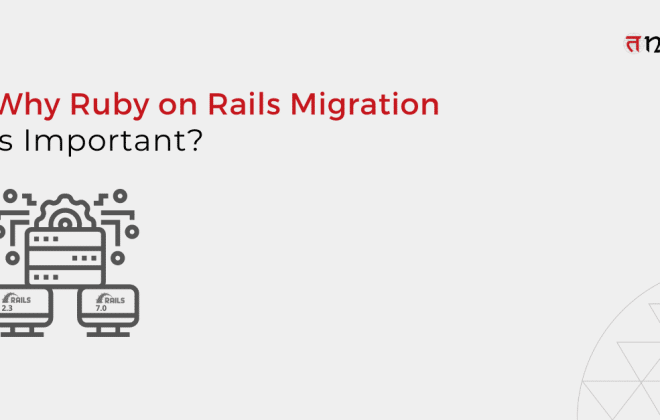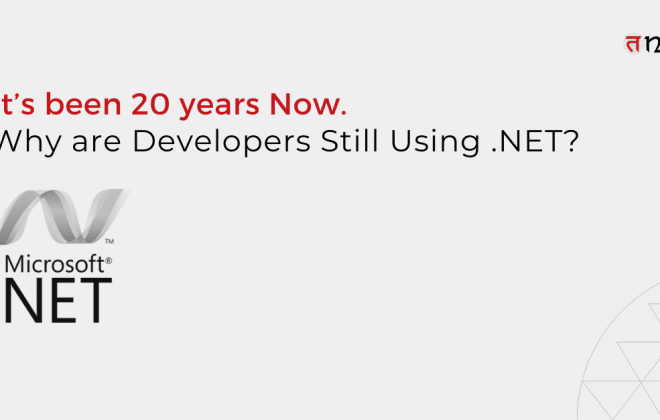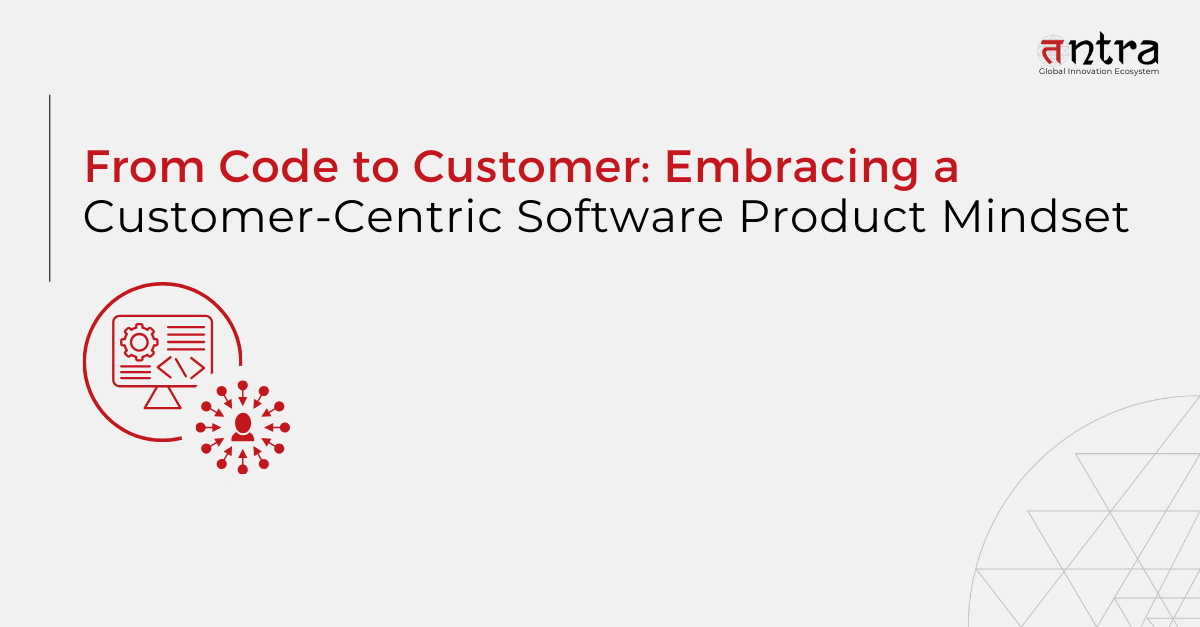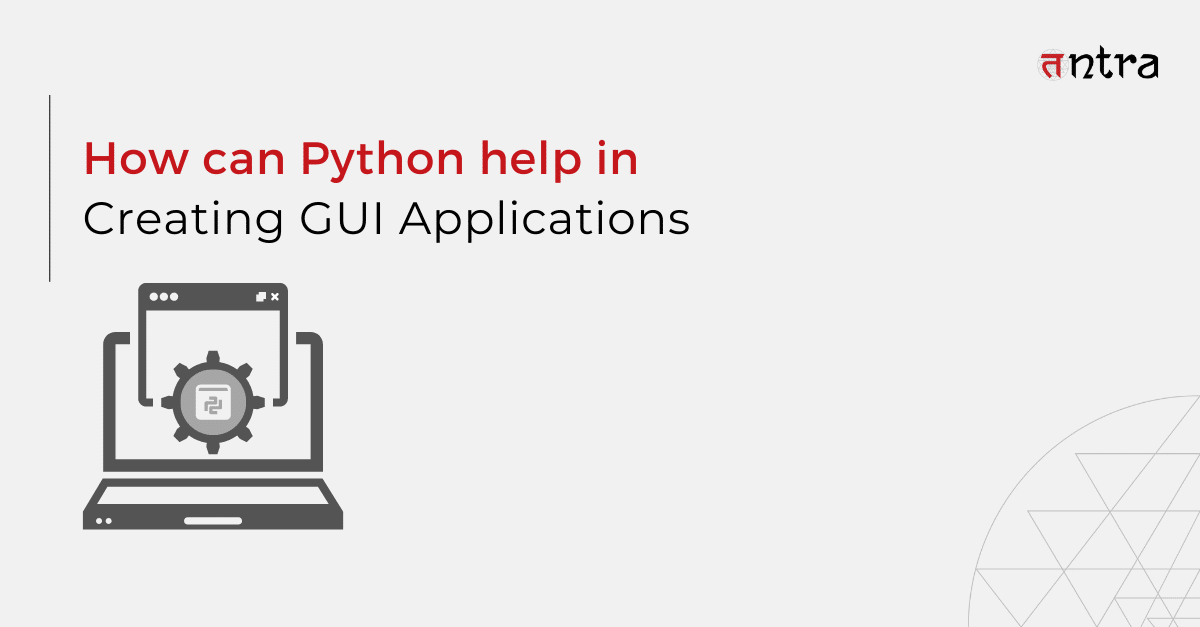
How can Python help in creating GUI Applications?
Table of Contents
ToggleSpotify is the top music streaming service in the world. However, it is also one of the biggest users of Python development services. The company opted for Python due to its data analytics capabilities and rapid development speed.
Two of the most used features on Spotify – Discover and Radio benefit heavily from Python. They are based on a user’s music preferences. Python helps with the recommendation engine of Spotify and offers great personalization capabilities.
On top of that, Python offers speed that enables Spotify to rapidly scale its operations. It is also useful in I/O-based services. Today, Spotify has more than 489 million monthly active users. It achieved scalability quickly – all thanks to Python.
Meta is another popular company that uses Python in its technology stacks. The company has issued open-source projects exclusively for Py3. With the help of Python, developers at Meta reduced the quantity of the code and achieved efficiency. The company also uses Tornado, a Python-based framework, to ensure higher security and authentication.
Among other companies, Instagram, Quora, Reddit, Uber, and Pinterest are some of the top players that use Python to build their applications.
(Source: Monocubed)
Python Development and GUI Application Landscape
48.07% of developers utilized Python programming language in 2022. It is the 4th most popular programming language, and its growth is multiplying with each passing day. Python is the number one language for several software use cases.
Most used programming languages among developers worldwide as of 2022
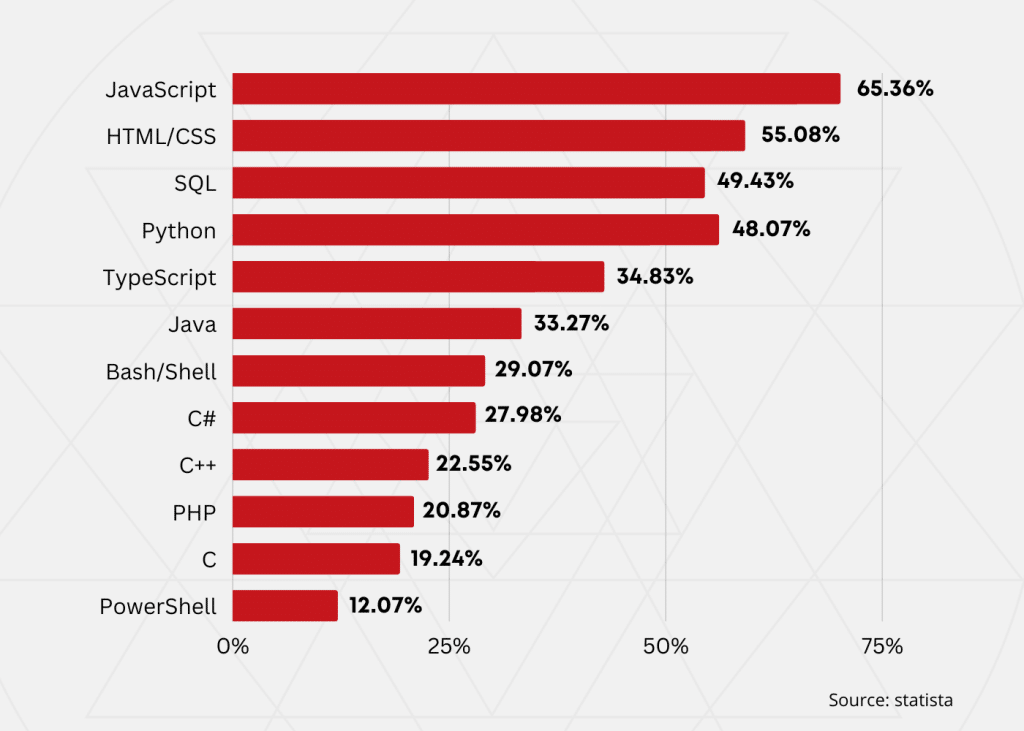
PyQT5 is one of the most well-known frameworks for building GUI applications in Python. Tkinter, wxPython, Pyside2, and Kivy are other popular frameworks that enable the development of a GUI application using Python.
Microsoft Windows, MacOS, and Ubuntu are popular GUI examples for a desktop environment. Apple OS, Android, WebOS and FirefoxOS are some examples of mobile GUI applications.
Why is Python suitable for GUI Apps?
Python is a robust programming language that has gained popularity for software product engineering services. It offers the versatility, flexibility, and simplicity required for creating GUI applications.
Most developers use Python because it’s beginner-friendly. The learning curve is simple, and they can begin writing a GUI application within a matter of weeks. Here are some other reasons why developers choose to build GUI applications with Python: –
- Clear Syntax
Python has a clear syntax, which is similar to that of the English language. Developers won’t get confused when they write thousands of lines of code. It is easy to create applications, and when a new developer joins a project, there will be a clear understanding of what has been done so far.
- Libraries and Packages
Python has amazing libraries and packages that help in creating GUI applications. These libraries reduce the time taken to write the code from scratch. They help in creating components and elements without writing complex code. It also reduces the lines of code from the application.
- Community
Python is an open-source programming language, which means there are countless contributors who are improving it. On top of that, the community is multiplying each day. Developers are available to help each other on different projects and offer the support anyone needs. There is proper documentation and resources, and the community has answers to all the problems that may arise during the development process.
Apart from these, Python is also portable and extensible. It offers Machine Learning capabilities that ensure developers can take advantage of its data analytics capabilities.
Read more: Python-based IoT Solutions for Modern Enterprises App
How is GUI made in Python?
Creating GUI applications with Python starts with finalizing a framework for development. Every Python app development company works with different Python GUI frameworks. wxPython, Tkniter, PyQT5 etc. are some of the most common ones.
Let’s understand how we can execute Python GUI app development using Tkinter.
Step 1: The first step is to import the Tkinter module: import Tkinter, Top=Tkinter.Tk()
Step 2: Now create the main window that will house all the widgets. Text boxes, labels, and buttons are all known as widgets.
Step 3: Add whatever widgets the GUI application needs, including all the elements that make it functional and responsive,
Tkinter isn’t a drag-and-drop framework. It requires code to create the window and widgets. UI specialists need to have a good understanding of Python GUI application structure before venturing into development with Tkinter. By using the libraries, developers can build GUI applications with Python. It simplifies the process of creating a UI for the application.
Conclusion
Python GUI applications are really helpful to enterprises in creating their internal software and operating systems. Companies like Tntra Technology Solutions offer high-end GUI capabilities that support enterprises in building GUI applications. The app development process remains the same – however, the frameworks for GUI applications using Python may change.
Tntra Engineering is a leading software product engineering company that offers a team of highly skilled developers and domain experts for GUI app development. We have successfully delivered GUI solutions to clients in over 25 industries.
Contact us today for FREE and get started on your next project!
